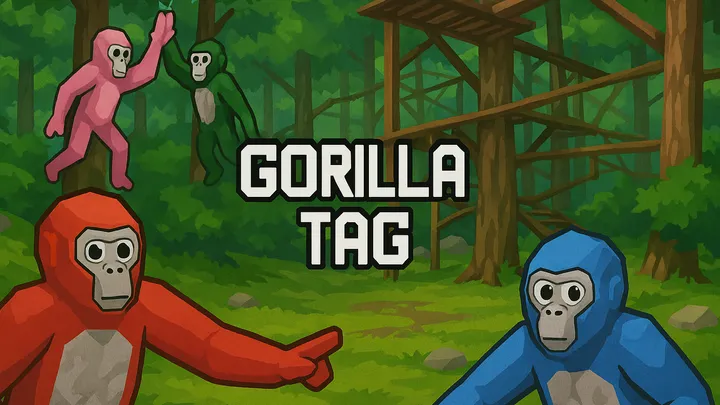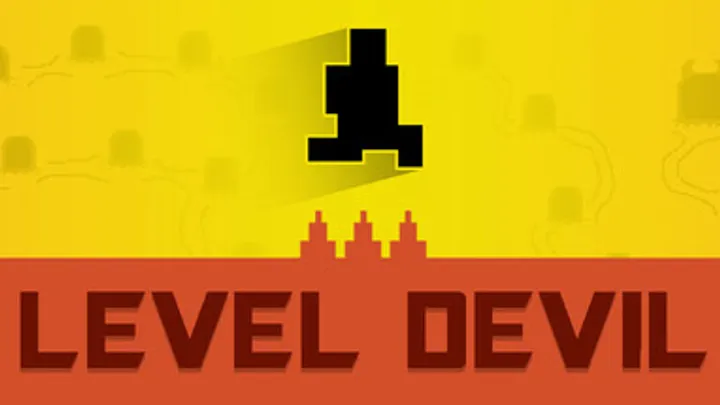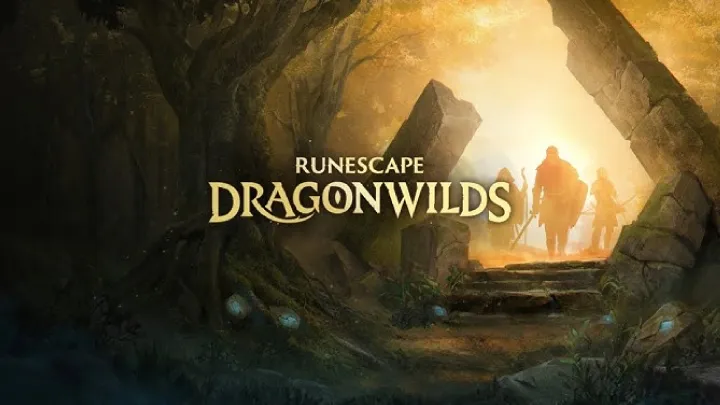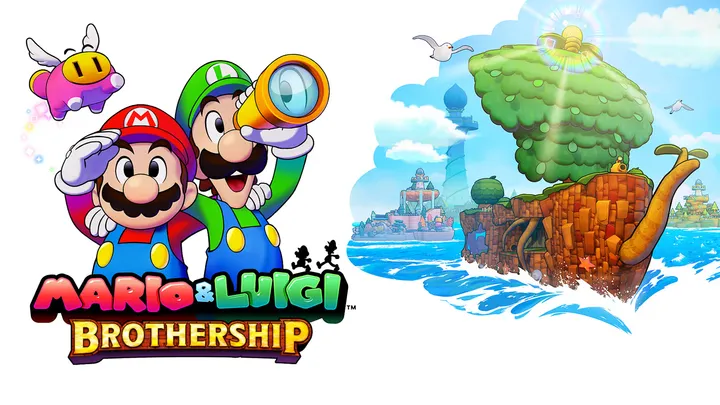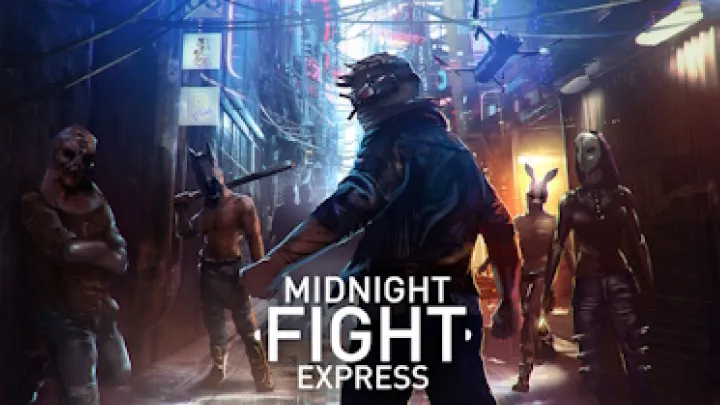Introduction
The Sims™ 4, developed by Maxis and published by Electronic Arts, launched in September 2014 and remains a cornerstone of the life simulation genre. As the fourth major installment in the iconic The Sims franchise, it places players in control of virtual characters, or Sims, allowing them to craft intricate lives, build homes, and explore relationships in a vibrant, open-ended sandbox. Available on PC, Mac, PlayStation, and Xbox, the game has evolved significantly through patches, expansions, and community mods, cementing its place as one of the most enduring titles in gaming history.
Unlike its predecessors, The Sims™ 4 emphasizes emotional depth and streamlined creation tools, introducing a mood-based system that influences Sims’ behaviors and interactions. Players can design unique Sims with detailed personalities, construct elaborate homes, and guide their stories through careers, romances, or chaotic adventures. The game’s core appeal lies in its freedom, enabling everything from mundane daily routines to absurd scenarios like alien abductions or ghostly hauntings. With over a decade of updates and dozens of DLC packs—expansions, game packs, and stuff packs—The Sims™ 4 offers a vast playground for creativity, though its reliance on paid content has sparked debate.
Maxis’s vision was to refine the series’ formula, focusing on accessibility and expressive gameplay. The removal of features like open worlds and certain career mechanics from The Sims 3 initially drew criticism, but free updates, such as pools, toddlers, and terrain tools, have addressed many concerns. The game’s vibrant modding community and active player base keep it relevant, with content creators showcasing builds and stories on platforms like X and YouTube. Drawing from web reviews, community feedback, and posts on X, this review explores The Sims™ 4’s narrative potential, world design, gameplay mechanics, and technical execution, assessing its strengths, flaws, and lasting appeal. Whether you’re a casual builder or a storytelling veteran, The Sims™ 4 invites you to shape lives in a world limited only by imagination.
Life & Storytelling
The Sims™ 4 doesn’t follow a traditional narrative; instead, it offers a player-driven sandbox where stories emerge from choices and interactions. Players create Sims with customizable traits—such as “Romantic,” “Ambitious,” or “Clumsy”—and aspirations like starting a family or mastering a career. These traits, combined with a mood system (e.g., Happy, Sad, Angry), shape how Sims behave, from excelling at work when Confident to botching social interactions when Embarrassed. This dynamic system adds emotional depth, letting players craft narratives ranging from heartwarming family sagas to darkly comedic tragedies.
There are no scripted characters or fixed plots, but the game provides archetypes and scenarios to spark creativity. For example, premade households like the Goths or Pancakes come with lore, such as Bella Goth’s mysterious disappearance, which players can expand or ignore. Environmental storytelling—through objects like gravestones or hidden easter eggs—adds subtle depth, while expansions like Get Famous or Discover University introduce structured goals like becoming a celebrity or earning a degree. The lack of a linear story can feel liberating for some but aimless for others, especially without DLCs to add variety.
Community-driven narratives thrive, with players sharing elaborate tales on X, like a Sim rising from poverty to stardom or a haunted mansion saga. The game’s open-ended nature draws comparisons to Minecraft, prioritizing creativity over prescribed goals. However, the absence of deeper interpersonal consequences or complex NPC backstories can make the world feel shallow compared to RPGs like Mass Effect. Still, the storytelling potential is vast, rewarding players who invest in crafting their own drama.
World & Environments
The world of The Sims™ 4 is a collection of neighborhoods across multiple worlds, such as Willow Creek’s suburban charm or Sulani’s tropical paradise (from the Island Living expansion). Unlike The Sims 3’s seamless open world, The Sims™ 4 uses instanced lots with loading screens, allowing players to visit homes, community venues, or workplaces. Each world has a distinct aesthetic, from Oasis Springs’ desert vibes to Forgotten Hollow’s gothic gloom, enhanced by vibrant colors and expressive art direction. Neighborhoods feel alive with wandering NPCs, seasonal events (via Seasons), and interactive objects like food stalls or fishing spots.
The Build/Buy mode is a highlight, offering intuitive tools to construct everything from cozy cottages to sprawling mansions. Free updates have added features like terrain manipulation and curved walls, while DLCs introduce unique aesthetics, such as Japanese-inspired architecture in Snowy Escape. However, the instanced world design limits exploration, and base-game worlds like Willow Creek can feel small without expansions. Compared to The Sims 2’s quirky charm or The Sims 3’s open-ended exploration, The Sims™ 4’s environments prioritize polish over scale, which suits builders but disappoints explorers.
Atmosphere is enhanced by dynamic lighting and weather (with Seasons), creating immersive moments like snowy family gatherings or rainy meltdowns. Sound design, with cheerful background music and Simlish chatter, adds personality, though repetitive tracks can grate over long sessions. The worlds excel at supporting player creativity but lack the seamless interactivity of earlier entries, a trade-off that divides fans.
Gameplay Mechanics
Core Loop
The Sims™ 4’s core loop revolves around managing Sims’ needs (Hunger, Energy, Hygiene, etc.), pursuing goals, and building relationships or homes. Players juggle daily tasks—eating, sleeping, working—while chasing aspirations like wealth or love. The open-ended nature lets players define their own objectives, whether raising a family, climbing a career ladder, or creating chaos.
Character Creation & Customization
Create A Sim (CAS) is a standout, offering granular control over appearance, clothing, and personality. Players can sculpt faces, choose body types, and assign traits that influence behavior, such as a “Creative” Sim painting masterpieces or a “Hot-Headed” Sim starting fights. The mood system adds depth, with emotions like Inspired or Tense affecting skill performance. Expansions add options like supernatural traits (Vampires, Realm of Magic), but the base game’s customization is already robust.
Build/Buy Mode
Building is intuitive, with drag-and-drop mechanics, thousands of objects, and free updates like platforms and half-walls. Players can create detailed homes or community lots, with tools that balance accessibility and complexity. However, advanced builders may find limitations without DLCs, and console controls can feel less precise than mouse-and-keyboard.
Social & Career Mechanics
Social interactions are driven by moods and traits, with hundreds of dialogue options from flirting to arguing. Careers range from Doctor to Freelancer, with interactive tasks in some paths (Get to Work). Relationships feel dynamic but can become repetitive due to limited NPC autonomy. Multitasking—eating while chatting, for instance—adds realism but occasionally bugs out.
Modding & Expansions
The modding community enhances gameplay with custom content, from new hairstyles to gameplay overhauls like MC Command Center. DLCs add depth, like Cats & Dogs for pets or Eco Lifestyle for sustainable living, but their cost and frequency frustrate players. The base game, while functional, feels incomplete without add-ons, a common critique.
Gameplay is engaging and versatile, rivaling Stardew Valley’s sandbox freedom, but repetitive tasks and missing features like open worlds limit its depth compared to The Sims 3. Free updates and mods mitigate this, ensuring long-term replayability.
Technical Execution
The Sims™ 4’s technical performance is polished, with vibrant visuals and smooth operation on mid-range hardware. The cartoonish art style, with expressive Sims and colorful environments, runs at 60 FPS on decent PCs, though high-end settings tax older systems. Console versions perform well but suffer from occasional lag during complex builds or crowded lots. Free updates have improved stability, but bugs—like pathfinding issues or stuck interactions—persist, especially post-expansion releases.
Audio design is charming, with Simlish voices and upbeat music creating a lively vibe, though repetitive tracks and limited variety can wear thin. Mods and custom music options help. The interface is sleek, with streamlined menus, but console navigation feels clunky, and inventory management can overwhelm during multitasking. Community feedback praises the game’s accessibility but calls for better optimization and bug fixes, particularly for consoles. Overall, technical execution supports the sandbox experience, with minor hiccups that don’t derail enjoyment.
Community Feedback
The Sims™ 4 enjoys a massive, passionate community, with millions of players sharing builds, stories, and mods on X, Reddit, and YouTube. Steam reviews (88% positive from 70,000+ reviews) praise its creativity and longevity, with users like @SimsFanatic on X calling it “the ultimate life sim for builders.” The modding scene, with tools like Sims 4 Studio, adds custom content, from realistic skin tones to gameplay tweaks, keeping the game fresh.
Critics, including IGN (7.5/10) and PC Gamer (79/100), laud the emotional depth and Build/Buy mode but criticize the base game’s lack of content and DLC reliance. Reddit’s r/TheSims debates missing features like cars or deeper NPC interactions, with some calling it “a step back from The Sims 3.” Streamers showcase elaborate builds, like castle recreations, while challenges like the “Legacy Challenge” fuel engagement. Negative feedback focuses on bugs, high DLC costs, and repetitive tasks, but free updates and community mods maintain loyalty. The game’s community remains vibrant, with players advocating for inclusivity updates like pronoun options.
Final Verdict
The Sims™ 4 is a captivating life simulator that excels in creativity, customization, and emotional storytelling, offering endless possibilities for builders and storytellers. Its vibrant visuals, intuitive tools, and active modding community make it a staple for casual and dedicated players alike. However, the base game’s limited content, reliance on pricey DLCs, and occasional technical issues prevent it from surpassing its predecessors. For fans of sandbox gameplay or those willing to invest in expansions, it’s a delightful escape. Newcomers and veterans should dive in, but temper expectations without mods or add-ons.
















































